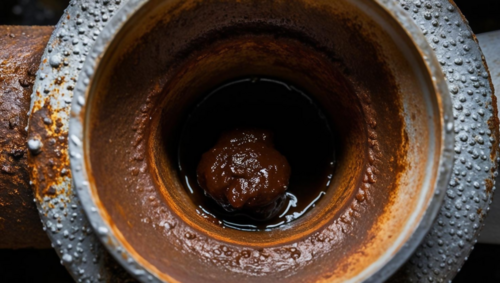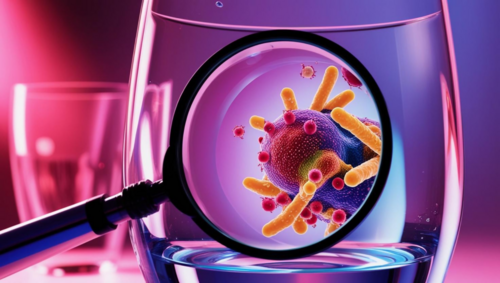Biofilms appear in water treatment systems, pipes, and other industrial water systems. The formation of biofilms is a complex process involving a wide variety of microorganisms and genes. Biofilm prevention and control are usually achieved through chemical or mechanical cleaning. In cooling towers, biocides are often used to control the growth of microorganisms. It is important to apply the correct amount of biocide: applying too little (underdosing) can lead to resistance to these disinfectants, while applying too much (overdosing) incurs major costs and can damage the piping system via disinfection by-products.

By identifying the microbiological composition of water, targeted strategies can be developed to combat biofilms. This includes preventing biofilm formation and implementing more effective control measures. Knowledge of microbiology can help to determine which agents should be used, how frequently and in what dosage.
Due to the large number of different microorganisms and genes involved in biofilms, it is not advisable to use selective analyses such as culture and qPCR. These analytical techniques require a selection to be made in advance of the microorganisms to be investigated. Therefore, it is more realistic and pragmatic to use Next Generation Sequencing (NGS) to identify the microbiology present. NGS identifies and links all DNA in a sample to the corresponding microorganisms. Then, using a database and interpreting the NGS results, it is possible to estimate the involvement of various microorganisms in biofilm formation and advise appropriate mitigation measures.

A meta-analysis of the NGS results of 27 water samples from seven different projects shows that microorganisms such as Actinomyces and Pseudomonas are common causes of clogging problems. In addition, MIC-related micro-organisms are also often found to be dominantly present and responsible for causing corrosion problems. These insights can lead to specific targeted measures for each project. In some cases, the use of biocides can be avoided through solutions such as mechanical cleaning, high-pressure cleaning, lower temperatures, and lower concentrations of soluble organic substances.
Want to know more about the application of NGS in water systems? Please contact Reinoud Homan or Rob Elzinga.

Reinoud Homan,
homan@microbialanalysis.com

Rob Elzinga,
elzinga@microbialanalysis.com